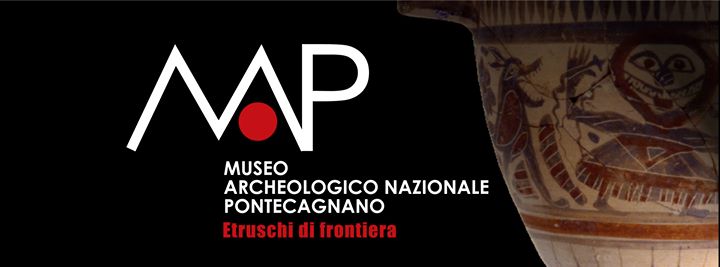
Museo Archeologico Nazionale di Pontecagnano "Gli Etruschi di frontiera"
The National Archaeological Museum of Pontecagnano entitled 'The Etruscans of the Frontier', opened in 2007 in a purpose built, collects artifacts from the Etruscan-Campanian center of Pontecagnano. It is a priceless heritage, whose largest group is represented by finds from more than 9,000 tombs excavated in the necropolis of Pontecagnano in the last fifty years. The settlement was founded during the First Iron Age (late X - early ninth century. BC) on the left bank of the river Picentino, following the relocation of maritime Etruria population nuclei in the plain of Sele. Pontecagnano along with Capua, Sala Consilina and the small nucleus of Riverhead, near Paestum, is in fact among the 'Villanovan' centers of Campania, a term with which you designate the Iron Age populations characterized by the funerary ritual incineration. The moment of maximum flowering of the Etruscan town of Pontecagnano Orientalizzante occurs in the period (last quarter VIII - VII BC last quarter), so called because the predominant influence in the Mediterranean world of culture, ideologies and refined artistic manifestations originate in East and Greece. The rich necropolis, accompanied by pots, furniture, precious and exotic jewelery from different areas of the peninsula and the Mediterranean, give us an image of a center open to contacts with the outside world and a community crossed by strong social articulations, controlled by aristocratic families who exhibit signs of political and religious power and vast international relations. The use of the Etruscan language until the fourth century. B.C. It shows the cultural element Etruscan remain as part of an urban structure that reveals the funeral rites and material culture in the strong similarities with the contemporary community bells and sannitiche. After the conquest of the Sele plain and the founding of the Latin colony of Paestum (273 BC), the Romans deported on Pontecagnano settlement site a Picenes core from the Adriatic coast. So, in 268 BC Picentia, the center of which the geographer Strabo says Augustan now already fallen in his time, because of the reprisals carried out by the Romans for his loyalty to Hannibal during the Second Punic War. The visit follows an exhibition system, winding chronologically, with sections devoted to the illustration of the different eras, from the Eneolithic period Roman Age, offers visitors moments of study of the city and its urban development, on the necropolis, the sanctuaries, on handicrafts. Central, in the exhibition, the section dedicated to the aristocracies Orientalizzante period (late VIII - end of VII century. BC), which relate some burials, for the composition and quality of grave goods, were defined 'princely'. Sections of the exhibition:
- The prehistory - The Copper Age (3500-2300 BC)
- The first Iron Age (IX-VIII century BC)
- The principles of the city - The Orientalizing period (last quarter VIII-VII BC)
- The archaic city (sixth century BC)
- Classical and Hellenistic (V-IV century BC)
- The Roman period (third century BC -V century A.D.)
Hours: Tuesday-Sunday from 9:00 to 19:00 (last entry at 18:30) Closed on Monday.
Admission: 2.00 Euros reduced 1,00 € Free the 1st Sunday of the month
Accessibility: Elevator - no barriers